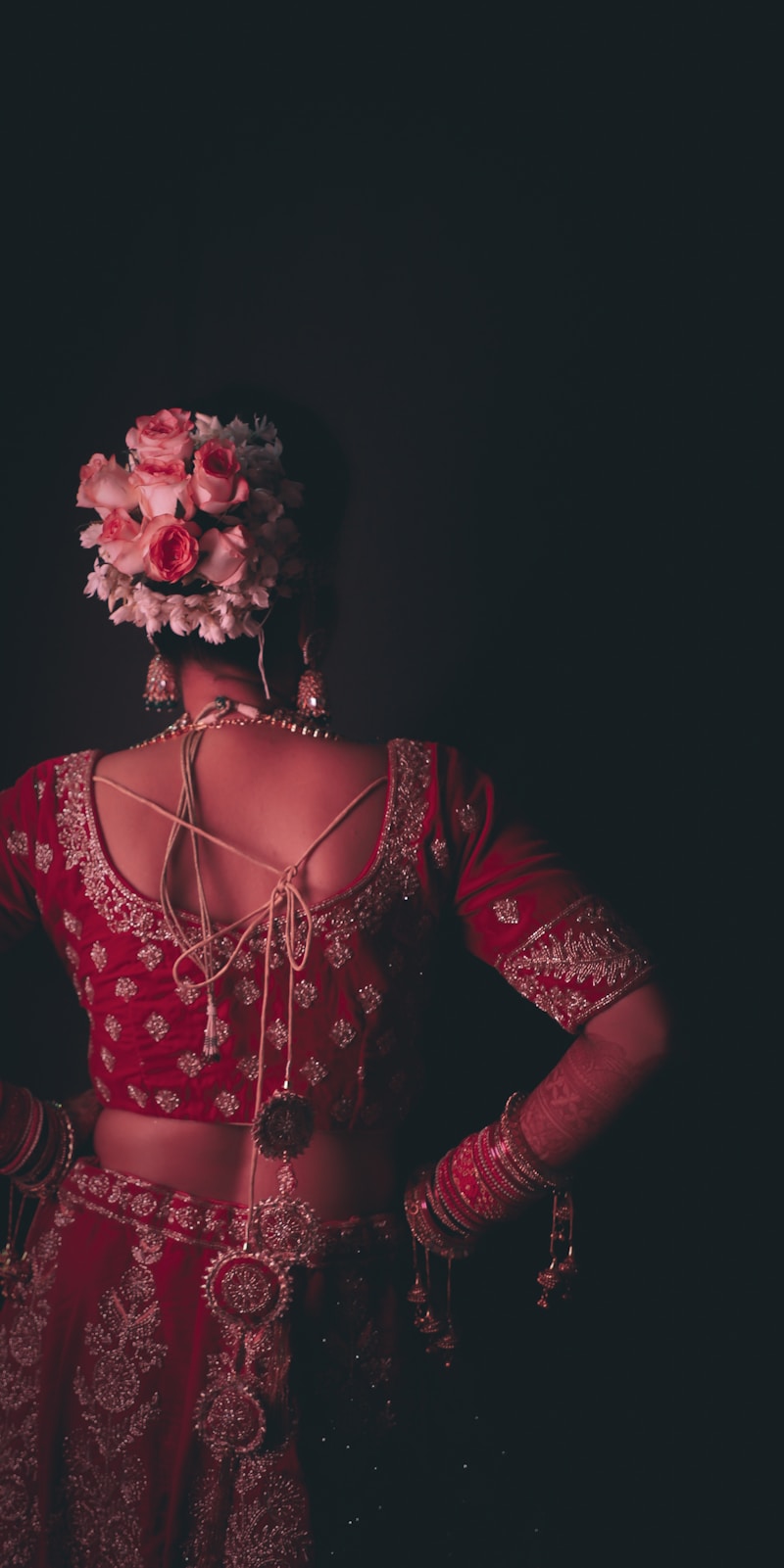Fashion as a Dialogue Between Cultures in Weddings
Fashion as a Dialogue Between Cultures in Weddings
Understanding the Cultural Significance of Wedding Fashion
Weddings are cherished events that not only signify the union of two individuals but also serve as a platform for cultural expression. The fashion choices made during these ceremonies often reflect deep-rooted traditions and values. This article explores fashion as a dialogue between cultures in weddings, illustrating how diverse styles converge to create unique celebrations.
The Intersection of Traditions
Across various cultures, weddings are steeped in traditions that dictate the fashion of both the bride and groom. For instance, in India, brides often wear vibrant red or gold saris, symbolizing prosperity and fertility. In contrast, Western weddings typically feature brides in white gowns, signifying purity. These fashion choices reflect the rich history and customs of each culture. The merging of these traditions often gives rise to fascinating blends that showcase the individuality of the couple while respecting their heritage.

Multicultural Weddings: A Celebration of Diversity
As more couples from different cultural backgrounds decide to tie the knot, the concept of multicultural weddings has gained popularity. These weddings provide an opportunity to celebrate the couple's diverse heritages through fashion. For example, a couple may choose to incorporate both Western and Asian elements into their wedding attire. A bride may wear a traditional Chinese qipao during the ceremony and change into a Western gown for the reception. This blending of styles highlights the beauty of cultural dialogue and mutual respect.
| Culture | Traditional Attire | Modern Adaptations |
| Indian | Sari, Sherwani | Fusion wear with contemporary cuts |
| Western | White gown, Tuxedo | Cocktail dresses with cultural embellishments |
| Chinese | Qipao | Modern fabrics and designs |
| African | Kente cloth, Dashiki | Stylized gowns and suits |
Fashion as a Medium of Expression
Fashion serves as a vital communication tool during weddings, allowing couples to express their identities and beliefs. The attire they choose can reflect personal stories, familial heritage, and collective traditions. For instance, a couple may choose to wear garments that represent their ancestors' origins, creating a meaningful representation of their lineage. In this way, fashion becomes a dialogue, not just between cultures, but across generations.
Bridging the Gap Between Generations
Often, older generations have specific expectations regarding wedding attire based on cultural norms. However, modern couples are increasingly inclined to express their individuality through fashion. For example, a bride might opt for a traditional veil that her mother wore, while incorporating modern elements such as a contemporary silhouette or unique colors. This blend respects traditional values while embracing innovation and personal expression.
Challenges and Considerations
While blending fashion from different cultures can create a stunning visual narrative, it can also present challenges. Couples may face difficulties in choosing attire that respects and honors both cultures without leaning too heavily towards one. Understanding the symbols and meanings behind different garments is crucial. Some cultures may have specific colors or motifs that carry significant meaning; thus, cultural sensitivity is essential to avoid unintentional disrespect.
Tips for Couples Planning Multicultural Weddings
- Research Each Culture: Familiarize yourself with the meanings and significance of different garments.
- Consult Family Members: Involve family members to get their input; they can provide valuable insights and help bridge the gap between traditions.
- Hire a Professional: Consider hiring a wedding planner experienced in multicultural weddings to guide you through the process.
- Embrace Individuality: Ultimately, your wedding should reflect your love story. Don’t hesitate to choose elements that resonate with you as a couple.
Conclusion: The Beauty of Fashion in Cultural Dialogue
In conclusion, fashion in weddings serves as an ongoing dialogue between cultures, allowing couples to express their love while honoring their backgrounds. The intersection of various traditions creates a rich tapestry of styles, each telling a story of love, identity, and cultural heritage. For couples planning a multicultural wedding, it is essential to approach fashion choices with sensitivity, creativity, and respect for the diverse influences that shape their celebration. As much as weddings are a time for joy and unity, they also provide an opportunity for cultural exchange and understanding, showcasing the beauty of fashion in the overall narrative of love.
Remember, fashion is not only about aesthetics but also about meaning and story. As you embark on your wedding planning journey, let your attire speak volumes about your diverse heritages and the vibrant culture you’re forging together.
